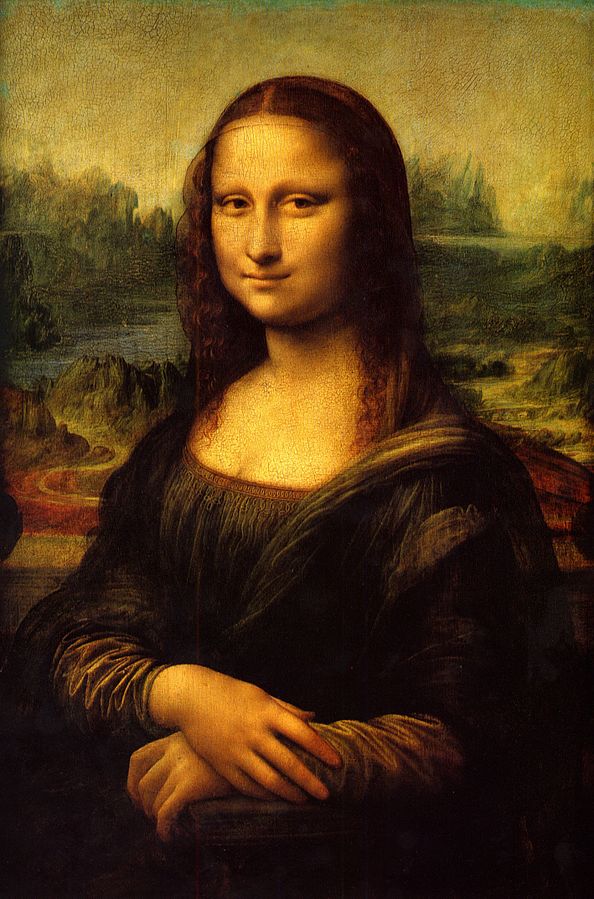The Mindful Mona Lisa: a Calvino-Hofstadter Nexus

ONE reason I became so interested in Leonardo and the Mona Lisa in 2019 was that I had been studying Italo Calvino’s 1985 book Six Memos for the Next Millennium, in which he quotes Douglas Hofstadter’s 1979 book Gödel, Escher, Bach (GEB):
“Where do they come from, these images that rain down into the fantasy?.... Nor is it only poets and novelists who deal with this problem. A specialist on the nature of intelligence, Douglas Hofstadter, does a similar thing in his famous book Gödel, Escher, Bach, in which the real problem is the choice between various images that have rained down into the fantasy: ‘Think, for instance, of a writer who is trying to convey certain ideas which to him are contained in mental images. He isn’t quite sure how those images fit together in his mind, and he experiments around, expressing things first one way and then another, and finally settles on some version. But does he know where it all came from? Only in a vague sense. Much of the source, like an iceberg, is deep underwater, unseen—and he knows that.’”
Calvino examines how the visual imagination interrelates with the verbal, and how the words of a story the writer wishes to tell (what Dante called fantasia) conjure images, or conversely, how the writer may sometimes have a visual image in mind then describe it in words. (Six Memos discusses Leonardo’s short poem about a sea-monster in this manner.)
Reading GEB for the first time a few weeks ago, skimming the table of contents for connections to Calvino, neuroscience, literature, meditation, the Mona Lisa, or “Consistency” (the mysterious title of Calvino’s sixth memo, planned but not completed before his death), I noticed chapter IV: “Consistency, Completeness, and Geometry.” To my amazement it discusses several central themes of Six Memos: isomorphism, fugue, incomplete works, labyrinths, and more -- far beyond any possibility of coincidence.
This direct yet hidden reference by Calvino to GEB chapter IV is a crucial nexus overlooked by current Calvino scholarship. I have informed Dr. Hofstadter of this hypothesis and he replied that he is aware of Six Memos but has not yet read it, so further knowledge-sharing is needed.
Last weekend I discovered that GEB chapter XX mentions vortexes and braids (which relate to the Mona Lisa) including what Hofstadter calls "A Bach Vortex Where All Levels Cross" (i.e. the six-note "Endlessly Rising Canon"). This also could have meant something to Calvino since the Six Memos were to be delivered as exactly six Norton lectures at Harvard.
The introduction of GEB may contain the most important clue of all: it tells the story of J.S. Bach’s Musical Offering to Frederick the Great in 1747, secretly titled “RICERCAR” meaning “to seek,” also “fugue,” in Italian. Could the Musical Offering be to Frederick the Great as Six Memos is to the USA, a virtuosic challenge from the spirit of art and science to the power of wealth, not unlike the Mona Lisa itself?
Chapter IV states that "The ten canons in the Musical Offering are among the most sophisticated canons Bach ever wrote. However, curiously enough, Bach himself never wrote them out in full. This was deliberate. They were posed as puzzles to King Frederick. It was a familiar musical game of the day to give a single theme, together with some more or less tricky hints, and to let the canon based on that theme be 'discovered' by someone else."
If this nexus indeed exists Calvino has bequeathed to writers today an urgent and possibly endless, if joyfully redemptive, task.
Next week: analogic consciousness and the applied category theory of Georges Perec.
